Controversial plans to demolish 19th century villa and build 106 flats approved
and live on Freeview channel 276
Controversial plans to demolish “one of Waterloo’s finest buildings” and replace it with 106 apartments have been accepted.
An application to replace 19th century villa Park House, on Haigh Road, was submitted earlier this year after previous attempts in 2020 and 2021 had proved unsuccessful.
Advertisement
Hide AdAdvertisement
Hide AdDeveloper Anwaylhase has stated it had sought to “address the concerns” raised in previous applications and was trying to meet an “acute” need for housing for older people in the borough.
In documents submitted to the planning department, Park House, which is listed as a non-designated heritage asset, is described as having been “compromised” by “low quality” extensions and alterations over the years.
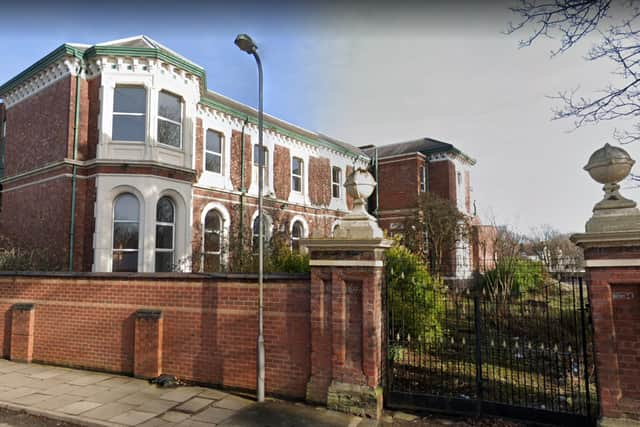

Among the objections received to the development, were complaints about the design of the new apartments, described variously as:
- Of brutal appearance
- Looks like a car park
- Unattractive and box like appearance
- Looks like a city centre block of student flats
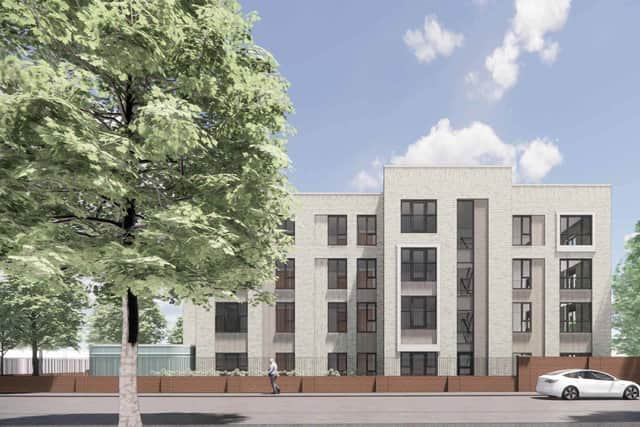

Other concerns addressed the issue of the heritage of Park House, highways and lighting problems.
Advertisement
Hide AdAdvertisement
Hide AdRecommending approval, the officer said the development met a local need while addressing concerns raised in previous applications.
History of Park House
Park House was built in 1878 as a home for a wealthy Liverpool merchant. It was taken over in 1902 by the Augustinian Sisters. The building was most recently used as a guest house and convent.
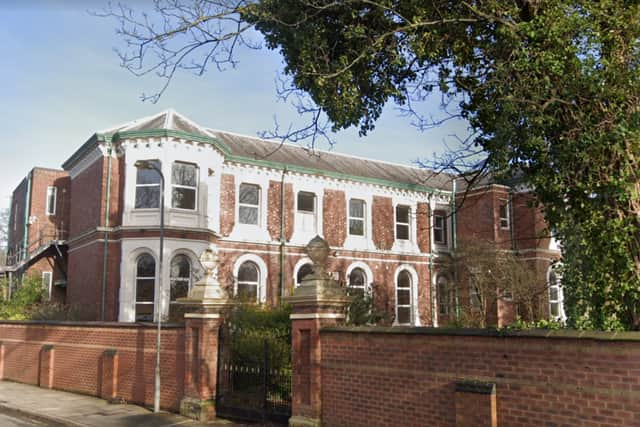

Built in the 19th century of Italianate design, the developers says the historic site has been ruined ‘a number of large and unsympathetic extensions over many years, much to the detriment of the original large house’.
The developers says the site is ‘currently occupied by a sprawling mass of building’ and is ‘dilapidated’.
Advertisement
Hide AdAdvertisement
Hide AdOther concerns over plans
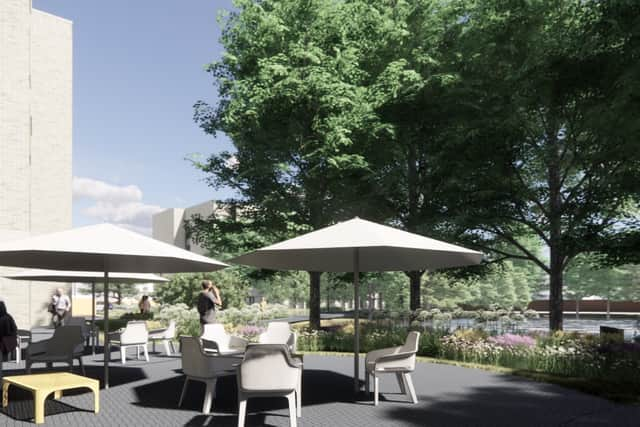

At Bootle Town Hall, councillors expressed concern over plans to retain a pond at the site, with Cllr Paula Spencer saying she was worrying young children could end up falling into it, if conditions weren’t included to ensure safety.
This prompted conservative councillor Joe Riley to say there should be “an element of personal responsibility” and that “you can’t put a fence around every body of water.”
Cllr Spencer said: “I’m not suggesting barbed wire” and questioned whether the argument of personal responsibility would feel correct should a child end up in the water.
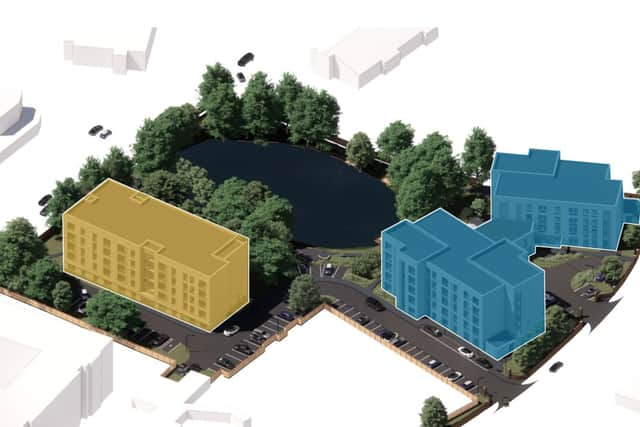

Officers said a condition could be added to have some safety measures in place, including signs or other provision.
Councillors then voted unanimously to approve the project, meaning it could soon spell the end for the Victorian era Park House.
Comment Guidelines
National World encourages reader discussion on our stories. User feedback, insights and back-and-forth exchanges add a rich layer of context to reporting. Please review our Community Guidelines before commenting.